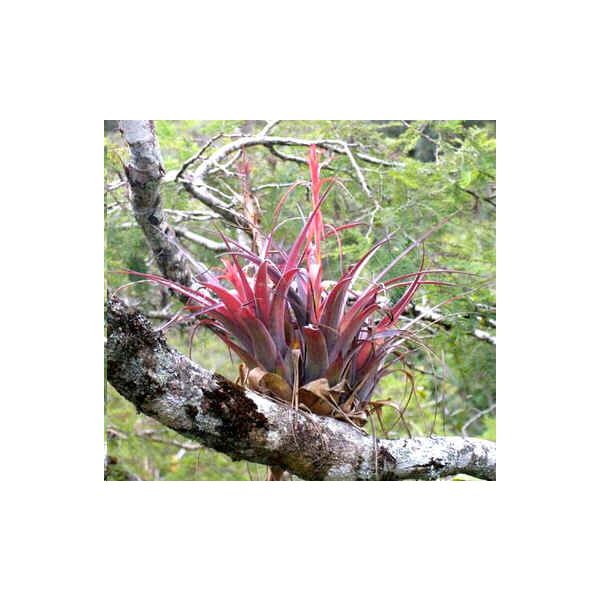Tillandsia Polystachia Seeds (Epiphytic Bromeliaceae Seeds)
Tillandsia Polystachia Seeds (Epiphytic Bromeliaceae Seeds)
Growing up to 25 cm high, and needing a humid environment, it is suitable for humid terrarium.

Delivery
All orders shipped with UPS Express.
Always free shipping for orders over US $250.
All orders are shipped with a UPS tracking number.
Returns
Items returned within 14 days of their original shipment date in same as new condition will be eligible for a full refund or store credit.
Refunds will be charged back to the original form of payment used for purchase.
Customer is responsible for shipping charges when making returns and shipping/handling fees of original purchase is non-refundable.
All sale items are final purchases.
Help
Give us a shout if you have any other questions and/or concerns.
Email: contact@domain.com
Phone: +1 (23) 456 789
Availability: Out of stock
SKU
Tillandsia Polystachia
Tillandsias polystachia belong to the family of the bromeliads and come from the woods and savannas of South America and Central America. This epiphytic plant grows in wet or dry thickets and forests. Growing up to 25 cm high, and needing a humid environment, it is suitable for humid terrarium.
This bromeliaed has linear and arched leaves which form a dense rosette. They are green only at their base and red all the way to their pointed tips. The astonishing, dense, cylindrical inflorescence, witch blossoms up to 30 cm, is in the shape of a paddle made up of several overlapped smooth bracts. These bracts are elliptic and acute, shorter than the spike. They are white with purple and the flowers are of intense purple, approximately 3 cm long. The plant can be bound up on wood and of very good quality pot plant too. The roots serve only for the hold. The plant gets its food trough the leaves. Tillandsias blossom wonderfully and long. After the blossom they often do grow baby (pups), so that one can have for years, joy in these interesting plants with right care.
Tillandsias can be sprayed daily with water, however in such a way that they have dried up by the night. It promotes the plants in her growth if they are fertilised now and then with a special fertilizer which is mixed with the spray water. A bright location, in summer also outside in the full sun corresponds to the natural disposition of the plants.
Hardiness zone: 10 (1øC/35øF) in winter. The tillandsia requires a sharp light in summer and sun in winter. Place it close to a window directed at the west in summer and the south in winter. The ideal temperature in summer is 22 to 24 §C. In winter the temperature can be cooler (18 to 16 §C) but it should not go lower than 13 §C. The tillandsia is demanding on the level of moisture. Keep the water content of the air high. If you do not have a humidifier, regularly vaporize the plant with water at room temperature. If you cultivate it in a pot, place it on a wet gravel bed. Eliminate the yellowed leaves, cut the inflorescence after flowering and vaporize the foliage regularly.
The tillandsia develops few roots. This is why it is often fixed on pieces of wood or plates of bark using wire, with the roots surrounded by foam of sphagnum. Its installation can take place anytime in the year, except during flowering. The tillandsia can also be cultivated out of a pot if the substrate is porous and drains well. In this case, you can use fibers of Osmond, sphagnum moss or sphagnum peat, and pearlite like substrate, and gravel for the bottom of the pot. This plant once out of pot should almost never be repotted.
| Common name | Tillandsia |
|---|---|
| Species | Tillandsia polystachia |
| Germination | All bromeliad seed needs light to germinate. The seeds are sown on the surface of a fine potting mixture. Keep the mixture moist but not sodden. The container can be placed in a plastic bag to conserve moisture. The seed are sprayed regularly but allowed to dry out between watering. For all seed, some sign of germination should be apparent in 2-4 weeks with the development of a small green spot. This is the first seed leaf and is followed by a small root, more tiny leaves and more roots. Germination can take time. Be patient! |
| Price View | Price Range |

